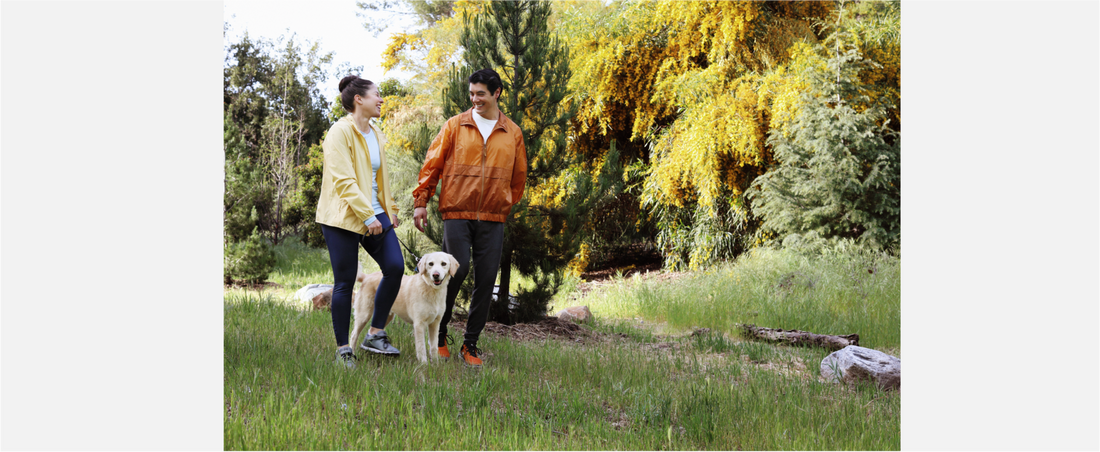Allergy Meds and Your Active Lifestyle

Allergy Meds and Your Active Lifestyle
More than 50 million Americans have allergies – and this year in particular, has been brutal for seasonal allergy sufferers, with longer pollen seasons from warmer temperatures and climate change effects.
If you’re a fitness buff or someone who enjoys an active lifestyle and spends lots of time outdoors, keeping allergy symptoms manageable can be tricky and require a bit of advanced planning.
Allergy medications like antihistamines can relieve hay fever symptoms, but they can also cause drowsiness, dry mouth and eyes, dizziness, and other common side effects – making them less desirable for athletes as they can hinder performance.
Sinus pain and congestion are no fun out on the field or court – and while OTC vasoconstrictor nasal sprays such as oxymetazoline can alleviate these symptoms, they should not be used for more than three days, as symptoms could worsen with the “rebound effect.” Nasal steroid sprays can relieve allergy and congestion symptoms, however, they too can cause unwanted side effects, and many patients are steroid-phobic.
Dr. Alan Goldsobel of Allergy & Asthma Associates of Northern California, and Adjunct Clinical Professor at Stanford University says, “A vast majority of patients are not interested in taking more medications – steroids in particular – and don’t want to use nasal steroids even when doctors recommend it.”
Here are a few tips to help you manage your allergies and enjoy athletic pursuits:
- Knowing your allergy triggers and adjusting your outdoor workout times accordingly can minimize symptoms. Ragweed pollen count is highest in the late morning or early afternoon, so plan for a bike ride or a run early in the morning.
- Know your pollens – tree pollen at level 90 and above is high, while 1-14 is considered low. Plan your day by learning more about allergen and pollen counts in your area from this map by the American Academy of Allergy Asthma and Immunology’s (AAAAI) National Allergy Bureau (NAB).
- Since dry, windy weather can make allergy symptoms worse, find alternative ways to stay out of the wind and remain fit by mixing up your routine with swimming, yoga, or full-body strengthening workouts.
- Split your workout routine into chunks – some indoors, some outdoors – to minimize exposure to outdoor allergens.
- Keep facial wipes handy after exercising outdoors and clean off immediately after a workout. Eye drops, such as artificial tears, can help too. Once you get home, use saline spray to rinse out any pollen grains inside your nose.
- Consider alternative non-invasive treatments like ClearUP® Sinus Pain and Congestion relief – a 100% drug-free therapy device that is FDA-approved, safe, and has no chemical side effects. It is the only FDA approved bioelectronic device that targets sinus pain, pressure, and congestion.



